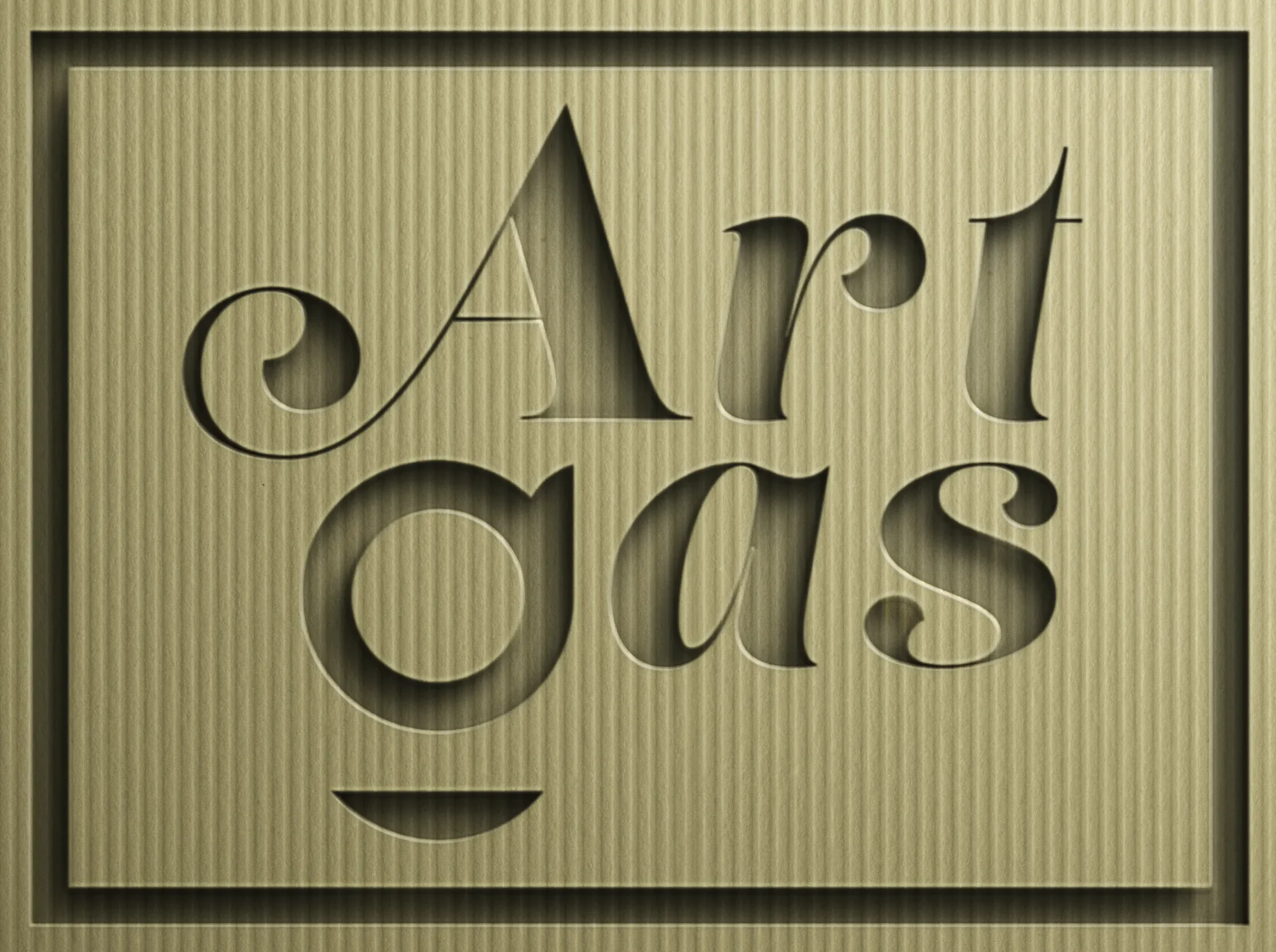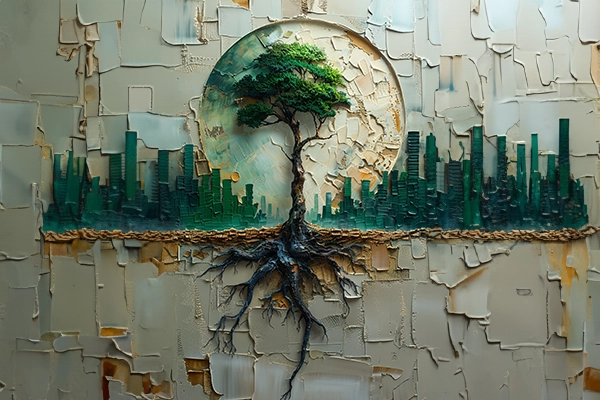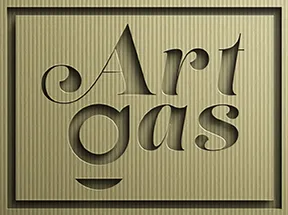Exploring the Intricacies and Beauty of Textured Wall Art
Introduction
Textured wall art is a dynamic and multifaceted style that has captured the imagination of artists and art enthusiasts alike. This art form transcends traditional flat paintings by introducing a tactile element that invites touch and offers a three-dimensional visual appeal. The allure of textured art lies in its ability to bring depth, warmth, and character to spaces, making it a popular choice for interior decorators, homeowners, and art collectors. This comprehensive guide delves into the essence of textured wall art, tracing its historical roots, exploring its popularity, and highlighting classic and contemporary variations.
Overview and History
Textured wall art has ancient origins, with early examples found in the relief sculptures of Mesopotamia and Egypt, where artists carved images and stories into stone walls. Over centuries, the concept of adding texture to art evolved, incorporating materials like plaster, clay, and textiles. In the modern era, artists have experimented with a wide range of mediums, including acrylics, oils, and found objects, to create depth and dimension on canvas and other surfaces.
Popularity and Appeal
The popularity of textured wall art stems from its dynamic nature. Unlike flat, two-dimensional works, textured pieces engage both the sense of sight and touch, offering a multisensory experience. This art form appeals to a broad audience, including those who appreciate the visual depth it adds to a space and tactile learners who are drawn to its interactive qualities. Textured art has a unique way of drawing the viewer in, making it a focal point in any room.
Classic Variations
- Impasto: Characterized by thick, bold strokes of paint applied generously to create a raised surface.
- Relief Sculpture: A sculptural technique where the sculpted elements remain attached to a solid background, creating a pronounced texture.
- Fresco: An ancient technique where pigments mixed with water are applied to wet plaster, resulting in a texture that is integral to the wall itself.
- Sgraffito: Involves scratching through a surface to reveal a lower layer of a contrasting color, adding texture and visual interest.
- Mixed Media Collage: Combines various materials such as paper, fabric, and metal on a single surface for a varied texture.
- Encaustic Painting: Uses heated beeswax mixed with colored pigments, which is then applied to a surface, creating a rich, tactile texture.
- Fabric Wall Art: Incorporates textiles and fibers, offering a soft, inviting texture that contrasts with traditional hard surfaces.
- Mosaic Art: Assembles small pieces of glass, stone, or tile to create a textured, intricate design.
- Sand Texturing: Involves mixing sand with paint or applying it directly to the surface, creating a gritty, varied texture.
- 3D Wall Panels: Architectural elements that protrude from the wall, offering geometric and organic patterns with shadow and depth.
New Digital or AI Variations
- Digital Impasto: Simulates the thick, textured strokes of traditional impasto using digital painting techniques.
- 3D Printing Art: Utilizes 3D printing technology to create complex, textured surfaces that can be mounted on walls.
- Virtual Reality Textures: Offers an immersive experience where viewers can explore textured art in a virtual space.
- Augmented Reality Layers: Overlays digital textures onto physical artworks, viewable through AR devices.
- Algorithmic Art: Uses computer algorithms to generate textured patterns that mimic natural processes and materials.
- Interactive Light Projections: Projects textured visuals onto surfaces, creating an interactive experience that changes with viewer movement.
- Digital Collage: Combines various digital images and textures, creating a layered, complex piece.
- Synthetic Reality Art: Blends AI-generated textures with real-world elements, creating hybrid pieces that challenge the boundaries of art.
- Neural Network Patterns: Utilizes AI to create intricate, textured patterns that are beyond human design capabilities.
- Holographic Textures: Creates the illusion of texture through holographic technology, adding depth and movement to flat surfaces.
10 FAQs about Textured Wall Art
- What is textured wall art?
- Textured wall art refers to artworks that incorporate physical depth and texture, making them stand out from flat surfaces.
- How do I maintain textured art?
- Dust gently with a soft brush and avoid using harsh cleaning chemicals. Consult a professional for specific care instructions.
- Can textured art be used in any room?
- Yes, but consider the space’s humidity and sunlight exposure, as these can affect certain materials.
- How do I choose the right piece for my space?
- Consider the room’s color scheme, style, and the mood you want to create. Textured art comes in various forms, so choose one that complements your space.
- Is textured wall art more expensive?
- The price can vary widely depending on the materials used, the artist’s reputation, and the artwork’s size. Generally, the complexity of texture can influence the cost.
- Can I create textured wall art myself?
- Absolutely. Many techniques, like impasto or collage, can be self-taught with patience and creativity.
- How do I hang textured art?
- Ensure your hanging method supports the artwork’s weight. Use appropriate anchors or consult a professional for heavy pieces.
- Can textured art be framed?
- Yes, but consider a shadow box frame or a frame with enough depth to accommodate the texture without pressing against glass.
- Is textured art suitable for minimalist spaces?
- While textured art can be bold, minimalist designs are also available, offering subtle textures that enhance without overwhelming.
- How do I light textured wall art?
- Angled lighting can enhance the texture by creating shadows and highlights. Consider adjustable lighting to change the mood.
Noteworthy Artists and Resources
- Classic: Vincent van Gogh, known for his impasto technique; Antoni Gaudí, for his textured architectural designs.
- Digital/AI: Refik Anadol, who combines AI and large-scale projections to create immersive textured experiences.
Comtemportary Artists creating Textured Artworks
Conclusion
Textured wall art enriches spaces with its depth, variety, and tactile appeal. From ancient techniques to cutting-edge digital innovations, this art form continues to evolve, offering endless possibilities for exploration and appreciation. The collection of textured wall art at Art Gas showcases the diversity and beauty of this style, making it a must-see for enthusiasts and collectors alike. Discover the textured pieces that can transform your space by visiting our textured wall art section.
- Top 10 Abstract Art Trends Shaping 2025
- Top 10 Variations of Abstract Art
- Emerging Trends in Digital Art 2025
- Floralpunk: The Bold Fusion of Punk Rebellion and Floral Elegance
- Use Professional Video to Market Your Artwork
SEO Keywords
- Textured wall art
- 3D wall art
- Impasto technique
- Digital textured art
- Contemporary textured paintings
- Mixed media art
- Textured art techniques
- Textured painting
- AI art textures
- Textured art in interior design


